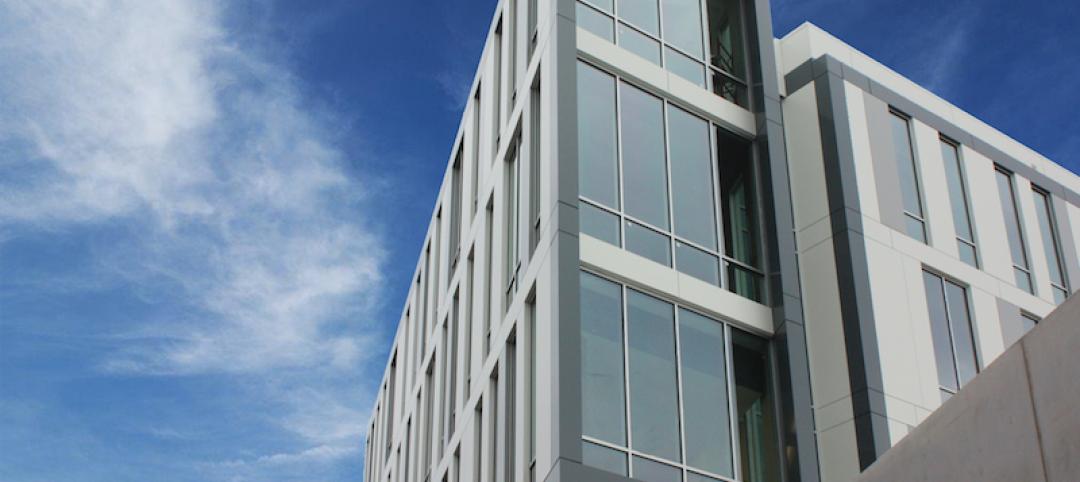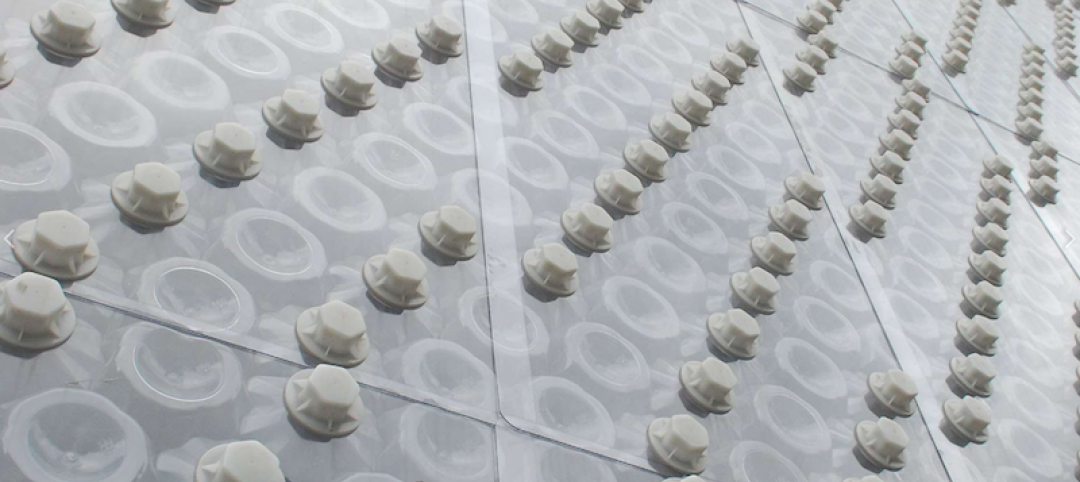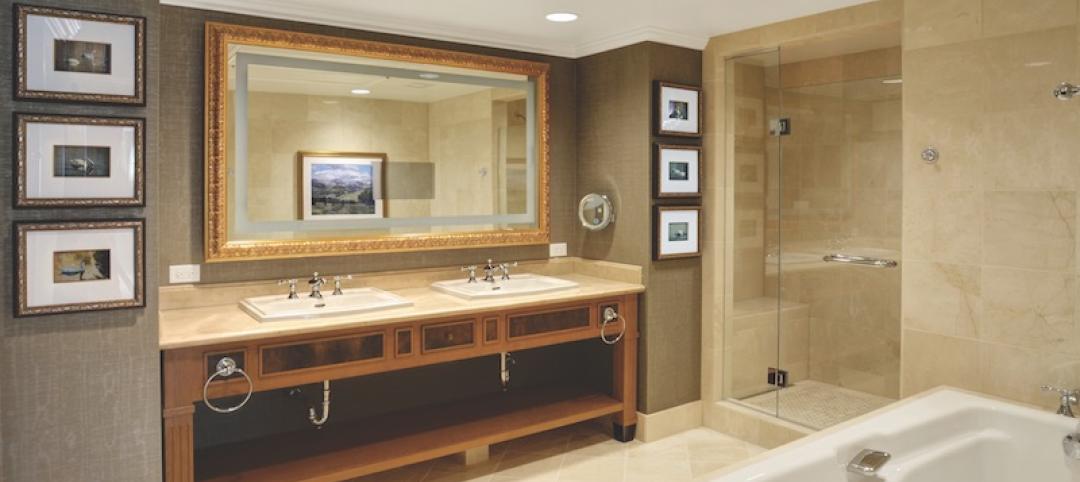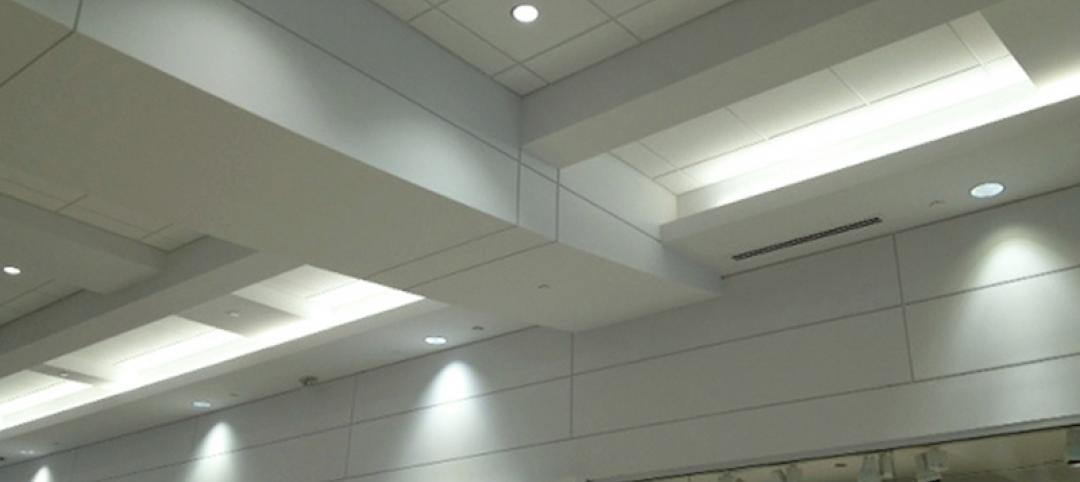Morgan Thermal Ceramics worked with UL Underwriter’s Laboratories Inc. to certify a new installation method for grease duct enclosures used in commercial construction.
The new system, an update to the existing classification, results in a 33% space saving. To obtain UL listing for the modified installation method, the company conducted extensive fire performance testing in accordance with ASTM E 2336.
The improved installation method is part of a complete system that includes all materials and the way the materials are installed. The wrapping system uses Morgan Thermal Ceramics’ FireMaster FastWrap XL products, which are installed using compression joints at all seams on both layers of a 2-layer grease duct system. Also included is the new FireMaster FastDoor XL UL-listed access door for grease ducts, which provides a safe and easy way to gain access to kitchen ducts for cleaning and inspection.
The system can be used in commercial construction and is expected to be widely used by mechanical HVAC contractors, insulation, mechanical, and general contractors, as well as duct designers and architects.
Other enclosures on the market use a minimum of 3-inch overlaps of blankets on seams or joints. The new system’s tight butt seam joint saves on material use, because there is no need for the double material thickness for the overlap. BD+C
Related Stories
| Jun 13, 2017
Accelerate Live! talk: Next-gen materials for the built environment, Blaine Brownell, Transmaterial
Architect and materials guru Blaine Brownell reveals emerging trends and applications that are transforming the technological capacity, environmental performance, and design potential of architecture.
Sponsored | Building Materials | Jun 9, 2017
Problem solving in Asheville with R-Trac & ALPOLIC® materials
The developers of the recently opened Asheville City Center sought out a cost-effective design that met code requirements while still allowing the building to feel open from the outside.
Sustainability | May 16, 2017
1.5 million recycled plastic bottles were used to build this nine-story structure in Taipei
The building is made of Polli-Brick, a building material that comes from 100% recycled Polyethylene Terephthalate Polymer.
Building Technology | May 5, 2017
Tips for designing and building with bathroom pods
Advancements in building technology and ongoing concerns about labor shortages make prefabrication options such as bathrooms pods primed for an awakening.
Building Technology | Apr 21, 2017
AIA selects 2016 Upjohn Research Initiative Projects
Grants awarded to initiatives that study various aspects of design within the built environment.
Market Data | Mar 22, 2017
After a strong year, construction industry anxious about Washington’s proposed policy shifts
Impacts on labor and materials costs at issue, according to latest JLL report.
Sponsored | Building Materials | Mar 20, 2017
Vinyl reveals meet increasing demand
With a tight school renovation budget and timeline, the Oak Grove Elementary cafeteria, designed by RuckPate Architects/CS2 Designs, utilized Architectural Reveals to build curving soffits with a racing stripe reveal design.
Building Materials | Mar 13, 2017
11 transmaterials highlight the coming generation of building products
Fiber-reinforced plastic, 3D-printed stone, and programmable ink tiles are a few materials coming down the pike for the AEC industry.














